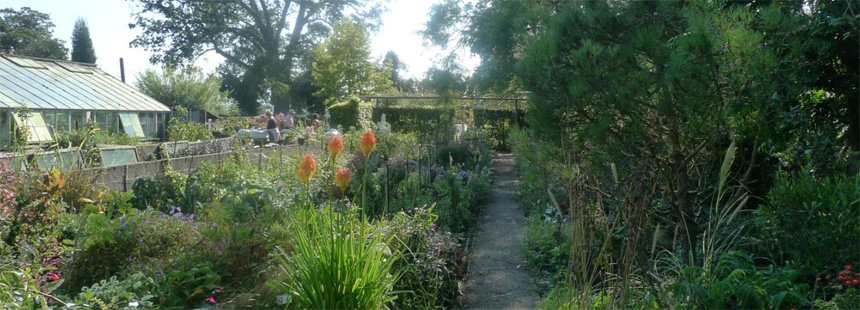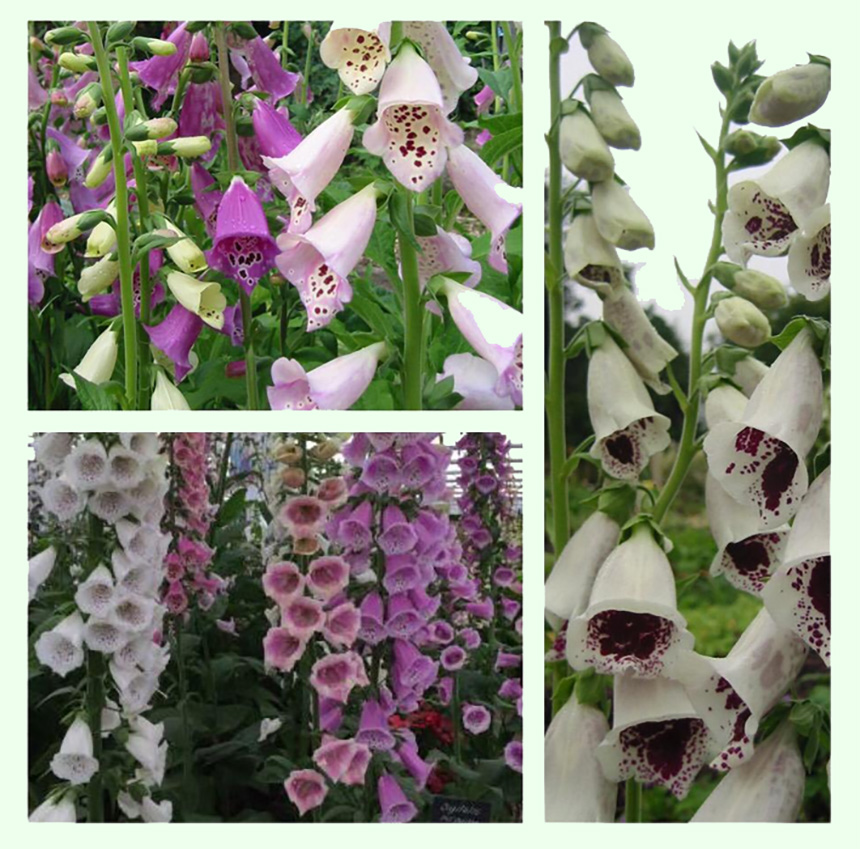
The Botanic Nursery & Gardens
.
.
.
.
- National Plant Collection
- Ornamental Plants
- Tubers, Seeds, Bulbs, Corms and Cuttings
- Flower Seeds
- Foxgloves
- NPC Foxglove
- Peonies
- Plantsmans Plants
- Plugs
- Unusual Plants
|
CONTACT DETAILS Tel: 07850 328756. Email: office@botanicnursery.co.uk
|
 |
|
The nursery... |
 |
| Visit us… If you are planning a nursery visit we are open Tuesday-Saturday 9.30-5 (10-4 Saturdays) from 10th March. We are closed in winter except by arrangement. On Sundays or if making a long journey please call ahead to arrange a visit: T:07850 328756. During Foxglove (2016 Foxglove Week 27th May to 1st of June) Week the nursery is open everyday 9.30-4.30. The foxglove tour will take place each day at approximately 2PM. |
 |
| Foxgloves, the great survivors
The Botanic Nursery is Europe’s leading authority on Digitalis (Foxgloves) and holders of the National Collection for Plant Heritage. The plants and seeds we offer are the finest forms available, if we can advise on planting or cultivation please ask. The foxglove, so much a part of our British Countryside, is perhaps one of the few native plants to be well received in gardens. They do seem to have the ability to spring up almost unnoticed that is until their towering stems dominate the garden. Once there few gardeners have the heart to remove them, thus ensuring more in future seasons, for foxgloves are great seeders. Most foxgloves prefer a well-drained good garden soil in full sun or part shade. A few varieties like a sunnier situation. They are trouble free under good cultivation. Our native foxglove Digitalis purpurea is the best known in cultivation. There are 25 other species and distinct geographic or varietal forms found throughout Central and Southern Europe. The last few years have seen a tremendous increase in the popularity of foxgloves; unfortunately this has caused a rash of trendy names for plants, some of which are already known in cultivation. Biennial Foxgloves have a two year life cycle, they spend the first year growing basal a rosette of foliage from which the flowering stems appear in the second year. Biennial Foxgloves are great seeders, the spent flowering stems can be cut and as the seed dries may be and shaken into other areas of the garden, choose light open areas of undisturbed ground. In order to ensure a stand of your favourite colours plant the same sort two years in succession his will introduce the dominant colour you want. However over time the purple native forms may come back. White flowered ones can be encouraged by pulling up any young plants that have a purple suffusion to the back of the young leaves Perennial Foxgloves usually have a 3-4 year life span many come true, harvest the seed and sow it to ensure many more for years to come. Some perennial foxgloves are long lived but are sterile so produce no seed and require splitting every couple of years to rejunvinate. After flowering cut everything down almost to the ground, allow the regrowth to appear and then divide up like a cake. Or take little heel cuttings of soft growth taken from near the flower stem near the base growth of the parent plant. (Earlier heel cuttings can also be taken of lateral stems from a flowering stem) Plants such as: |
 |
